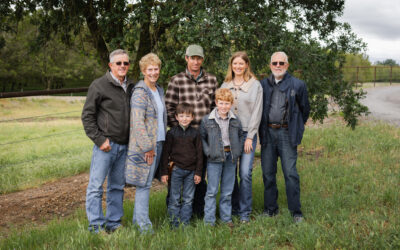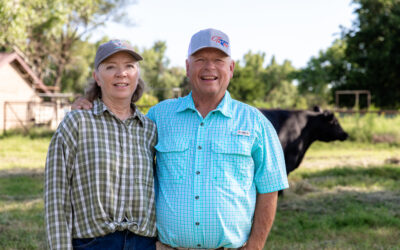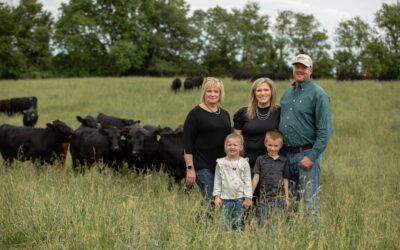
Who knows?
The shelves of my home and every nook of my mind are filled with little details, mementos, hand-written cards and trinkets that take me to another time and place in a glance or a touch.
There’s that hand-embroidered “I love Angus” tea towel that still takes me back to Bobi Hall’s smile as she recalled riding the Point Reyes coastal mountains to gather cattle with her dad; a crinkled United Airlines ticket that occasionally falls out of the book I was reading on my way to Nampa, Idaho, to spend a day bouncing through the Owyhee Mountains; the “CAB Industry Information Specialist” name badge from my last Cattle Industry Convention in Nashville at the end of a special chapter of my professional life.
I wrap my hands around a hot coffee mug, a new favorite, as I scroll through photos of a cool fall afternoon near Circle, Montana. I smile back at the grins on the screen, bringing the words of our interview back to life.
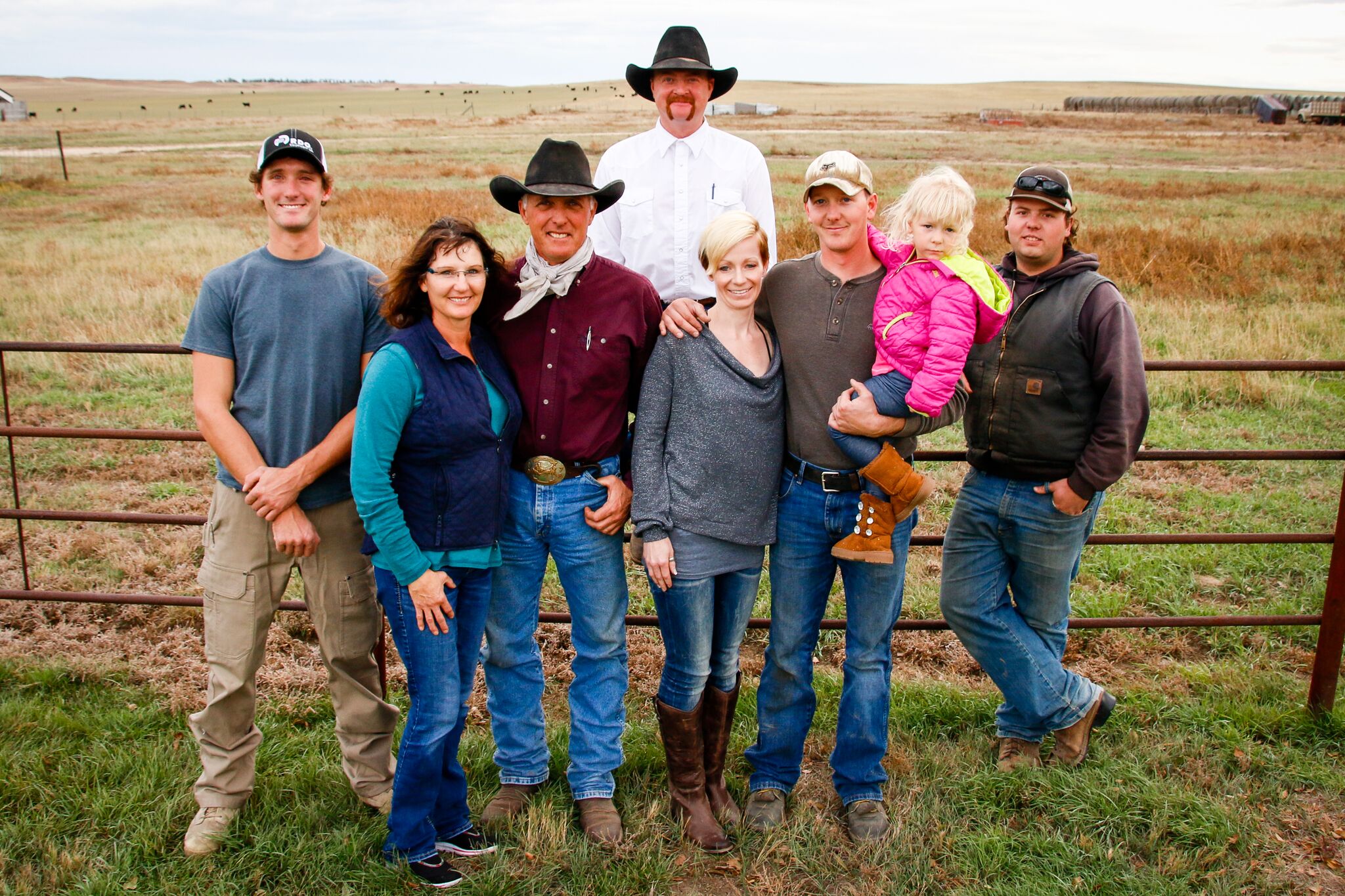
The mug reminds me of that evening around the Massars’ table, surrounded by their family and friends. It was their parting gift to me, even though I had the most to be grateful for. They had already shared an evening meal full of easy laughter and homemade, hearty food. They offered their afternoon in front of my camera, smiling despite the wind. Wade drove me around the ranch, answering my questions, sharing his goals, history and passion for raising the best.
Pulling the mug out of my kitchen cabinet now prods a question Wade asked as we visited: “Why us?”
The easy answer is, we follow a myriad of paths to find stories and the people who share them – this one came through a feedyard. It was a group of 82 heifers, where 45.5% had the marbling to qualify for the Certified Angus Beef ® (CAB®) brand, including nearly 4% Prime. Half made Yield Grade (YG) 3, with 43% in the premium, YG 2 category.
Those numbers – nearly double the average historical CAB acceptance rate combined with an impressively lean yield grade – stuck out to the feedyard manager.
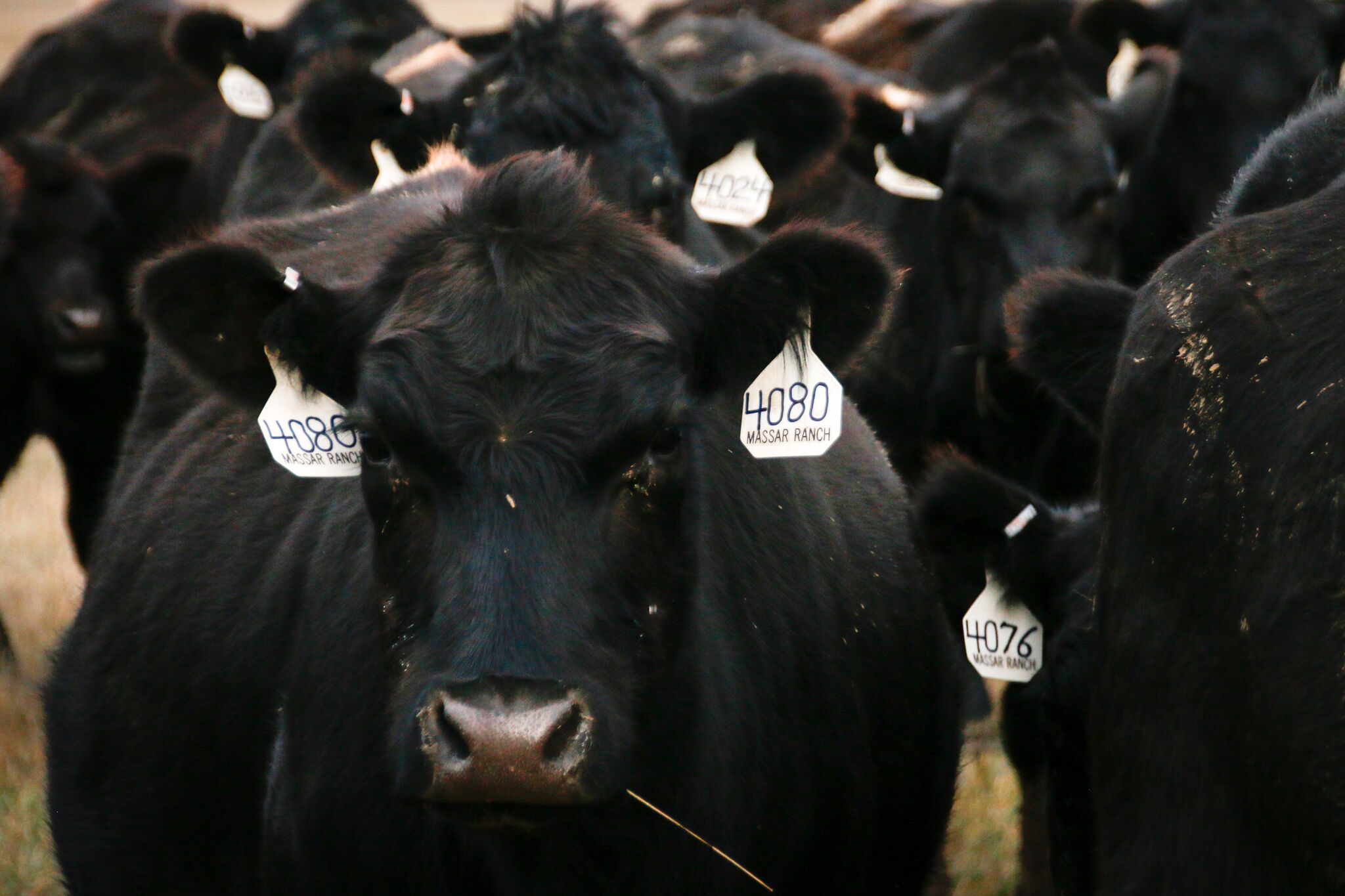
A year later, there I was, asking Wade Massar how he did it.
His was a typical, humble response: we don’t feel like we’re doing anything special, simply working to do the best for the entire beef business.
“We’re just trying our best to raise the right kind of cattle for the good of the entire industry,” Jeanna filled in later. “We just want to raise better calves each year, to give the right vaccines at the right time, to have healthy, productive cattle and those long-term relationships that work for everyone.”
It’s an admirable goal, filled with details toward its achievement that I hope will get tucked into the memories of the Angus Journal readers this May.
Who knows how a reader’s gears will start turning over their own marketing plan when they read about Wade’s experiences.
“That right there shows a 6-cent premium because somebody thought these calves would meet their program. They were confident enough they would work,” he shared. “I know we talked earlier and said everything was on the average, but it really isn’t if you get to know the right sort of people, looking for the right sort of thing.”
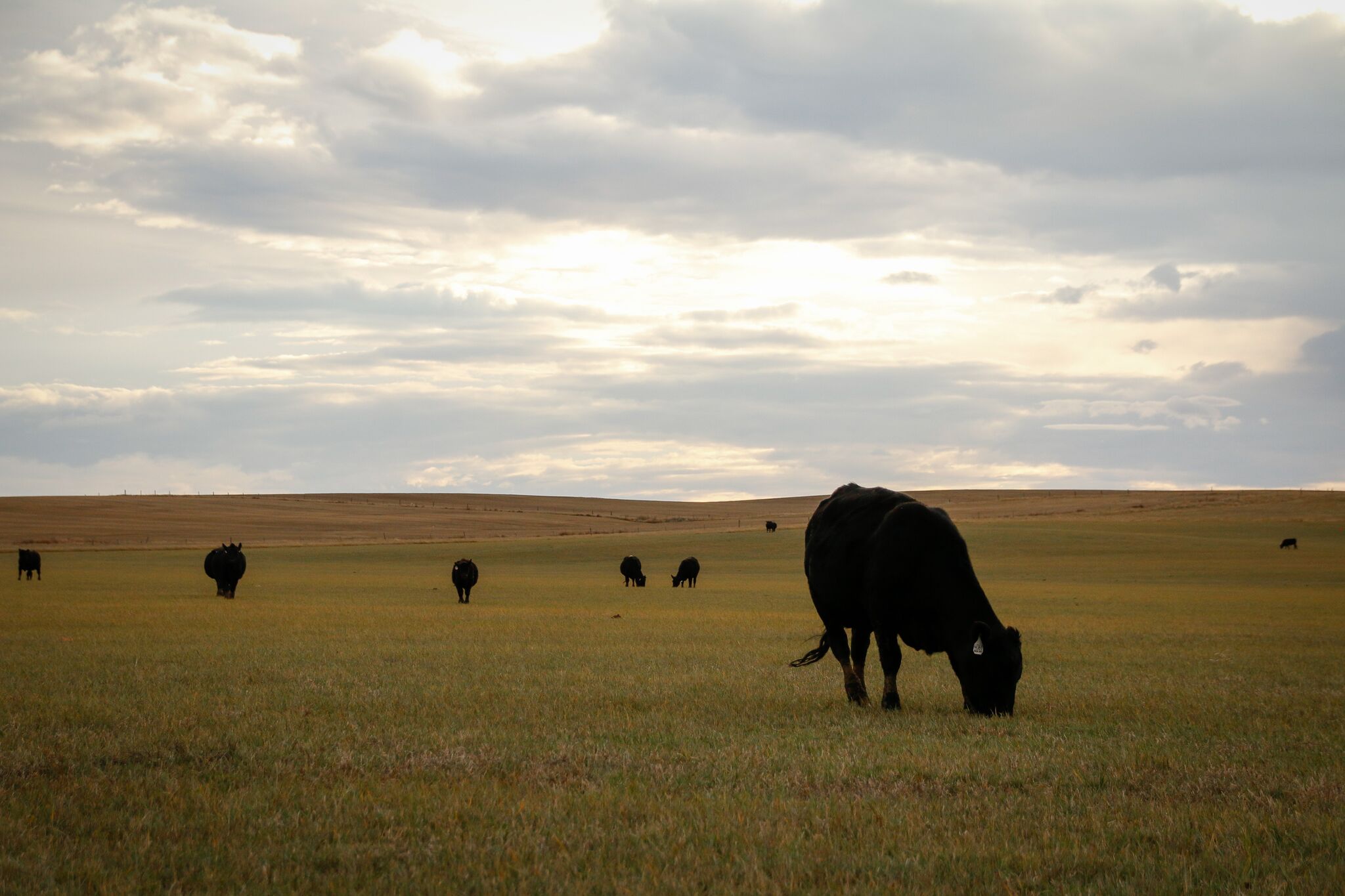
Who knows what reader has been wrestling with immunity issues, who might read of Wade’s insight and have a lightbulb moment.
“There are areas here where I know it’s absolutely necessary to supplement this or that,” he said. “We tend to have high sulfate levels in some of our water, and that ties up copper, which is very, very necessary to build up a strong immune system in calves.”
Who knows? That’s the answer I usually give when I’m questioned why in the world I keep all these little boxes and files of sentimental value. Who knows when I’ll need that again?
I sure don’t… but I’ll save it until I do, and pull it out with a smile.
Until next time,
Laura
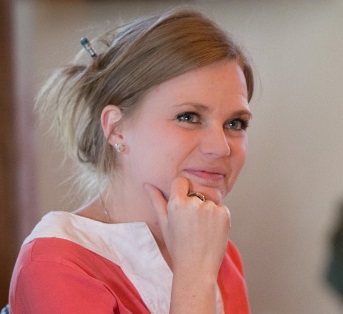
You may also like
Legacy in the Golden Land
On a quiet stretch of Northern California rangeland, a different story unfolds. The Borror family’s legacy modestly speaks through the cattle they raise, the ground they steward. The generations who’ve made a life here demonstrate commitment to doing things right, even when no one is watching.
Helping Hands, Helping Herds
“When I die, I want to come back as one of your cows,” murmurs a friend to Steve Zybach. Full to the brim from an alfalfa ration every day, bountiful fields of lovegrass stretched out across the Texas Panhandle—and owners who leave no ounce of cattle care up for question. The Zybachs’ motivation for this level of dedication to their Angus cattle is simply love.
An Ambassador for All
Joanie, with daughter Lindsey and her husband, Adam Hall, raise registered Angus cattle with two primary goals: producing high-quality seedstock that perform well in a wide variety of environments and ensuring end-user satisfaction. Those goals tie everything together, from promoting Angus to other producers to sharing their story with CAB partners and beef consumers.

